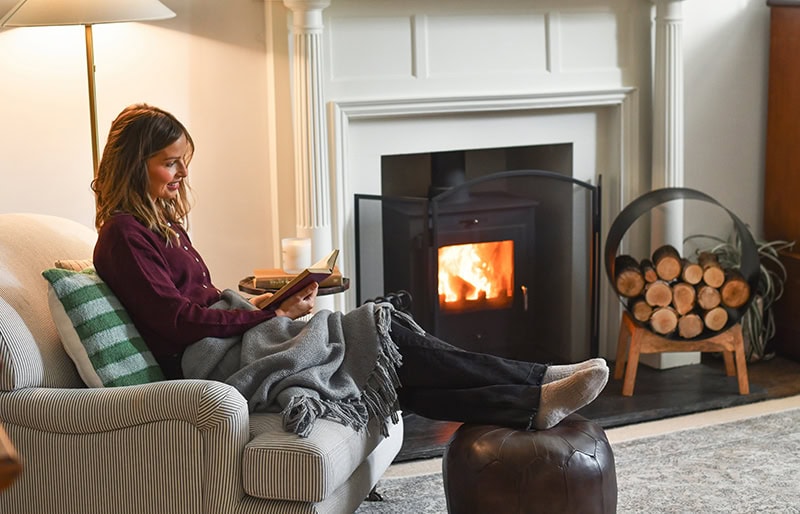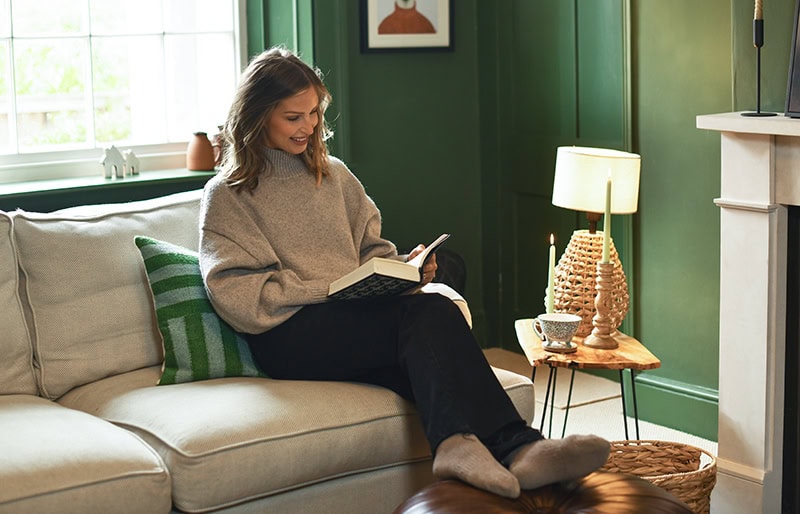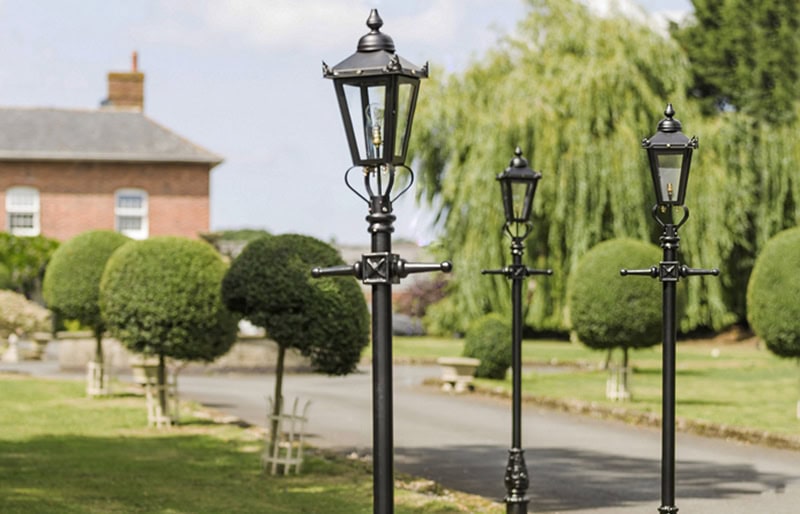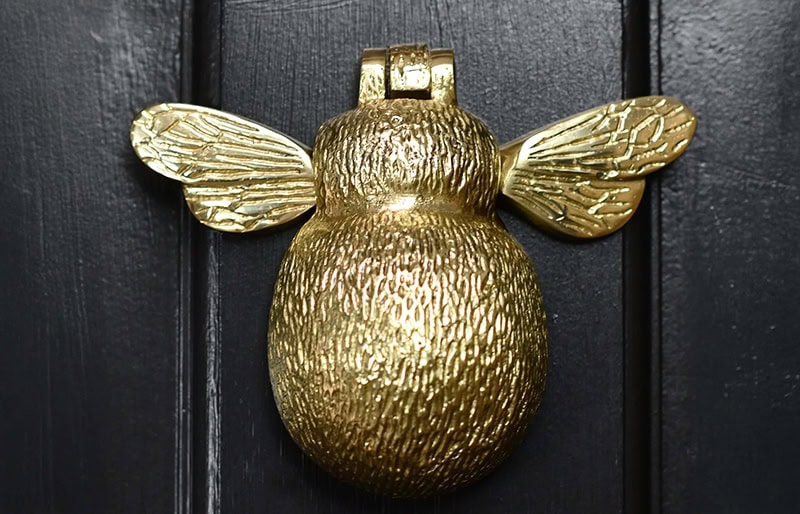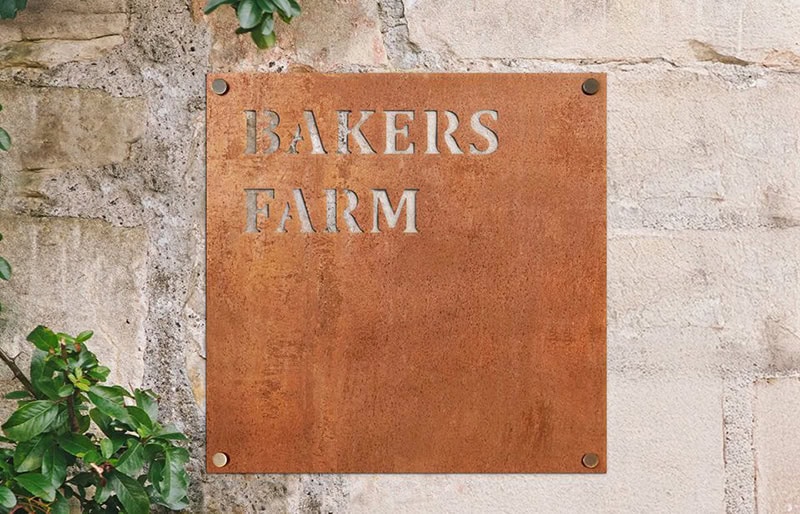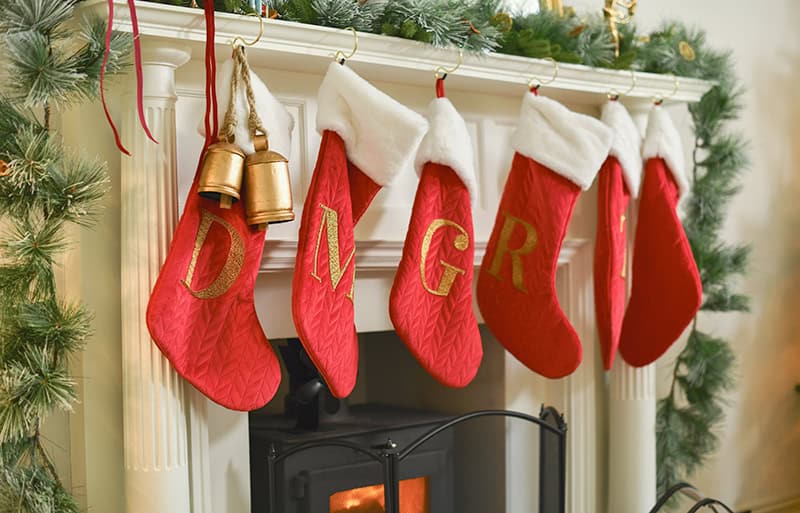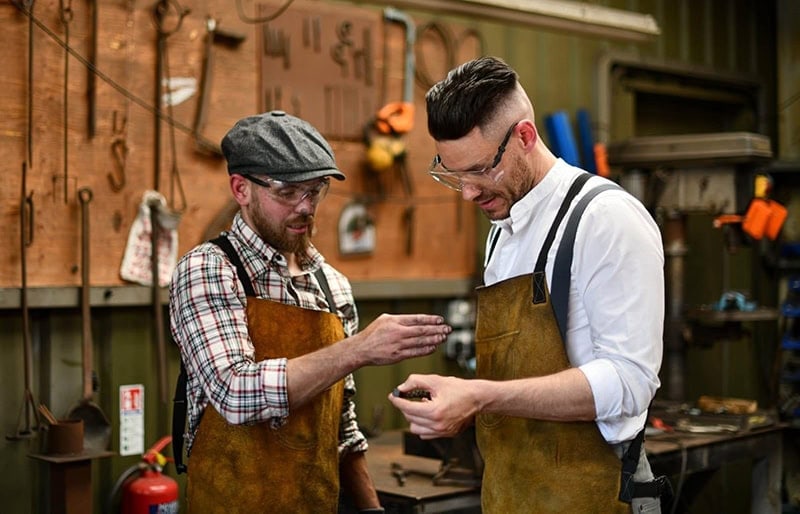
Supplied in all lanterns and light fixtures, unless otherwise stated, the bulb holder is the most important part of any light fitting. The cap or base of the light bulb fitting joins directly to the lantern socket to provide an electrical connection and therefore produces the light. There are many different bulb fittings and sizes to choose from, so we have helped create this handy information guide to cut out all the unnecessary jargon.
Edison Screw- E27
This fitting features a threaded socket and is specifically designed for bulbs that have threaded bases. Please note, that by request only, our ‘LF’ coded lanterns can be swapped from a Bayonet fitting to an Edison Screw cap fitting.
Bayonet- B22
The bayonet fitting is the most common cap filament here in the U.K. With two locating pins on either side of the cap, the pins retract and expand into the designated slots in the holder through a push and twist action. Supplied within all ‘LF’ coded lanterns, this bulb holder has been crafted from high quality brass. Complete with a 2amp fitting, this bulb holder can be used with standard 60w bulbs.
Ever seen a light bulb packaging and get confused with the code or number? All bulbs follow the following format:
-The first letter(s) indicates the type of base or cap – ex. E = Edison Screw Cap
-The number(s) represent the diameter of the base of distance between the pins in mm – ex. 27 = 27mm
-Optional last letter indicates the number of pins or contacts the bulb will have. This is normally found on strip lighting or large architectural lights.
Watt: Watts refer to the amount of energy used to create a certain level of light and the rate at which that electrical energy is radiated, absorbed, or dissipated. Essentially, the higher the watt, the brighter the light and the more energy it uses.
Lumens: Lumens refer to the amount of light emitted per second (i.e. the brightness of your bulb). Essentially, the higher the number of lumens, the brighter your bulb will be. Both LED lights and traditional lights use lumens to quantify the amount of light they produce at any one time.
| LUMENS | |||||||||
| BULB TYPE | 220+ | 400+ | 700+ | 900+ | 1300+ | 8000+ | 16000+ | 40000+ | |
| STANDARD | 25W | 40W | 60W | 75W | 100W | - | - | - | |
| HALOGEN | 18W | 28W | 42W | 53W | 70W | 120W | - | - | |
| CFL | 6W | 9W | 12W | 15W | 20W | 100W | - | - | |
| MH/HP S | - | - | - | - | - | 250W | 400W | 1000W | |
| LED | 4W | 6W | 10W | 13W | 18W | 60W | 120W | 400W | |

Kelvin: This refers to the temperature of light that the bulb will produce. In general, light bulbs will fall between 2000k and 65000k for both commercial and private residences.

